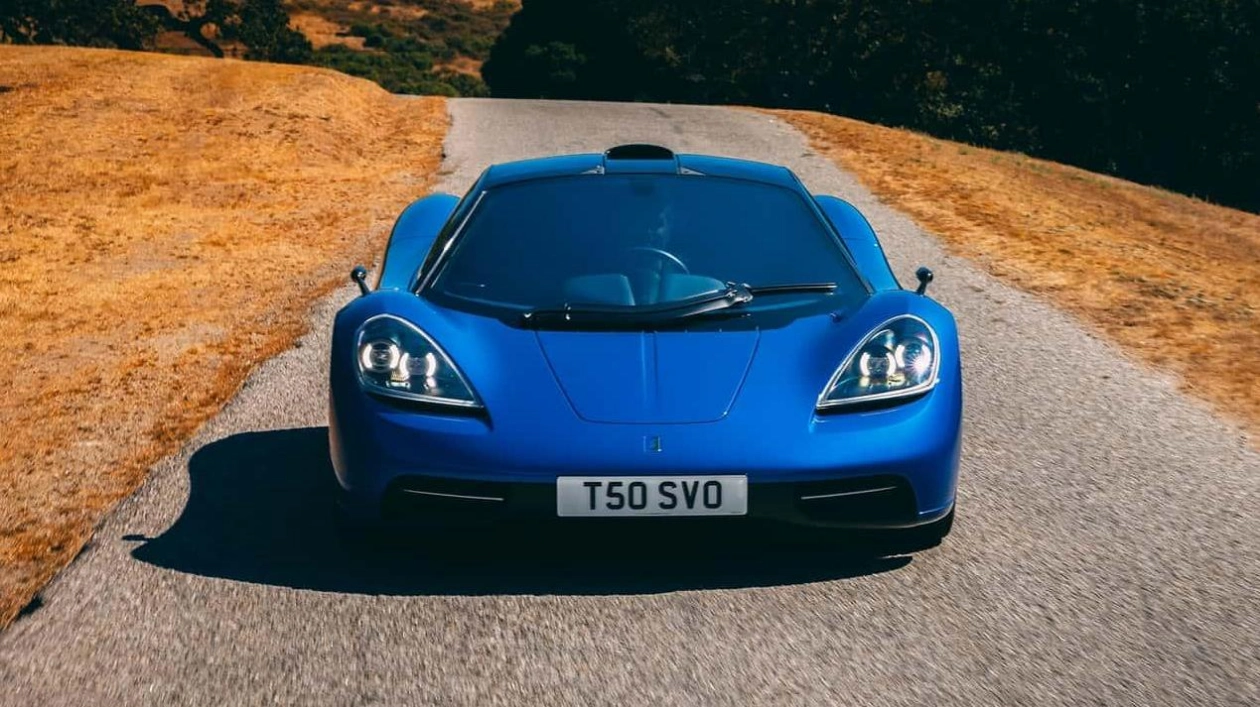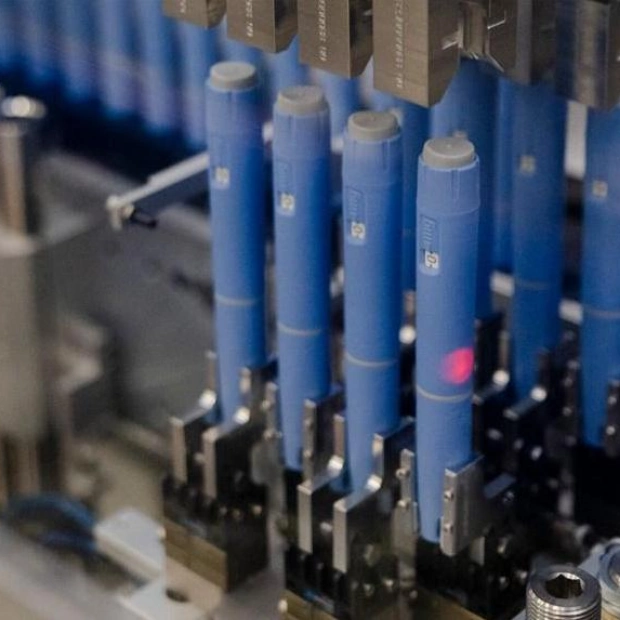“I’ll be up at 6:00 a.m., already bombarded with texts from Gordon for an hour,” remarks Dario Franchitti, a key development driver for Gordon Murray Automotive's (GMA) awe-inspiring T.50 hypercar. “‘What about this? What if we did this?’” Murray queries Franchitti. Despite the T.50's development being technically complete (25 out of 100 planned cars have been delivered), Murray's mind continues to refine ideas in the present and for GMA's future. “We have plans until 2040,” Franchitti notes. The three-time Indy winner and four-time IndyCar champion has been a vital member of the GMA development team. Contrary to expectations, Franchitti and Murray share a vision: to create an engaging, thrilling, and above all, fun road car. Comparisons between the T.50 and Murray’s other masterpiece, the McLaren F1, are inevitable. Both feature lightweight three-seater designs with bespoke V-12 engines, manual transmissions, and an emphasis on superior road handling rather than sheer speed. The F1's reign as the world’s fastest car was a fortunate byproduct, igniting a horsepower and top speed race that continues today.
Despite supercars becoming quicker, faster, and more capable, driver engagement has declined. The T.50 aims to counteract this, utilizing modern components. Upon seeing the T.50, its compact size is immediately apparent; it’s Boxster-sized and weighs 2200 pounds, slightly less than the F1. This is remarkable for a modern car, considering the additional safety equipment required today. The T.50's 4.0-liter Cosworth V-12 generates 654 hp, slightly more than the F1's 6.1-liter BMW V-12, which revved to 7500 RPM. The T.50's engine, however, reaches its limit at 12,400 rpm, promising an exhilarating experience. Inside, the T.50 is snug, with the driver seated front and center, passengers behind. At six feet tall, I struggled to get comfortable in the rear seat, needing to duck to avoid hitting my head on the closing door.
During our brief drive, Franchitti showcased the T.50's usability and ride quality, navigating speed bumps and a steep driveway without issue. The car lacks a front axle lift to maintain lightness. The engine impresses with its tractability, even at 20 mph in 5th gear, thanks to its lightweight internals and lack of a flywheel. The T.50 can run from 20 mph in second gear up to 186 mph, sounding incredible throughout. Carmel Valley Road, with its varied corners and banking, highlights the T.50's capabilities. It absorbs bumps that would challenge other supercars, thanks to its passive dampers, which require no adjustments. The T.50's development focused on creating a fun driving experience, sometimes leading the team to make it too stiff and serious, necessitating a return to its core goals.
The passenger experience differs from the driver's due to varying seating positions relative to the axles. The T.50 is tuned for the driver's comfort. While there are no adjustable suspension modes, different throttle maps offer varying levels of aggression, tailored for different driving styles. Cosworth's engine delivers a manic sound and powerful performance in lower gears, yet remains smooth and manageable in urban settings. The absence of paddle shifters on the road car, coupled with a manual gearbox, adds to its appeal. During our return, Franchitti highlighted improvements over the F1, particularly in brakes and headlights. The T.50 uses off-the-shelf, smallest carbon ceramic brakes from Brembo, chosen for their quality and performance despite the challenge of limited bespoke options.
As we discussed the car's details, it became evident how meticulous attention was paid to every aspect. The rear fan, often viewed as a gimmick, enhances stability under high-speed braking and cornering. The engine is positioned as far forward as possible, with no ancillary components, just a small fan unit at the back. The interior boasts finely milled controls, reminiscent of Swiss wristwatch craftsmanship, with satisfying clicks and no unnecessary screens. Franchitti noted that GMA's customers range from their mid-twenties to mid-eighties, all buying the car to drive, not to display. Gordon aims to award the owner who drives the most miles each year, encouraging owners to use their T.50 actively, as intended.






